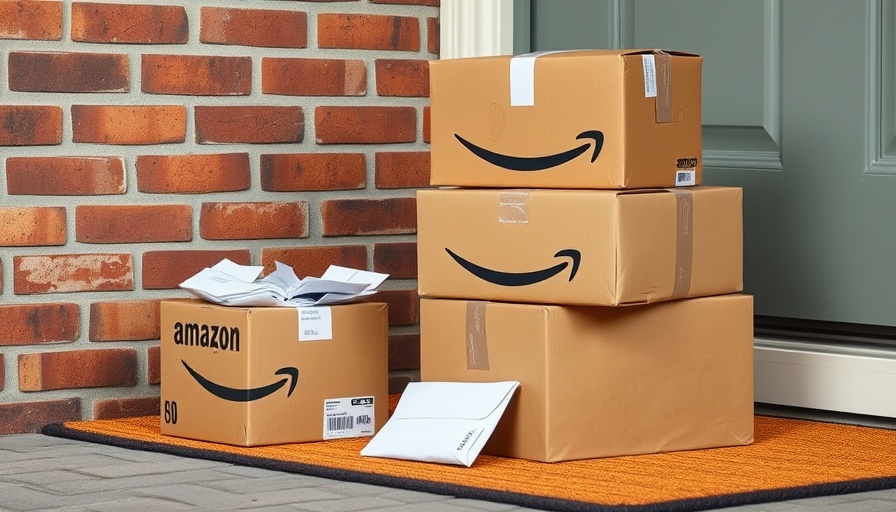
The Truth About Yellow Lights: Safety Over Law
Every driver may find themselves in a nail-biting moment when approaching an intersection with a yellow light flashing. It's a moment that brings uncertainty, paired with the pressure of the cars behind. Understanding the nuanced rules behind yellow lights is crucial for all drivers – for safety, legality, and smooth traffic flow.
What Does a Yellow Light Really Mean?
A yellow light serves as a warning that the light is about to change to red; however, it does not serve as an immediate stop signal. Most states provide a similar guideline: if drivers can safely stop, they should; if not, they may proceed with caution. Specific legislation, such as Article 38.1, emphasizes that once a vehicle has crossed the stop line during a yellow light, it is permissible to continue through the intersection. That said, this does not excuse reckless driving; the decision to proceed should always prioritize safety.
Are There Legal Risks?
Entering an intersection during a yellow light brings up legal questions. Although yellow does not necessarily mean illegal when a driver passes through, law enforcement may have differing interpretations based on the specifics at the moment. If you enter an intersection and the light turns red before you pass the stop line, you might be at risk of a traffic violation. A police officer may interpret this as running a red light, affecting your driving record.
Yellow Light Timing Matters—But It’s Not Consistent
One vital aspect often overlooked is the timing of yellow lights, which varies significantly from one intersection to another. Studies show that longer yellow signals can substantially reduce the incidence of red-light running. In a notable case in Philadelphia, extending the duration of yellow lights by just one second decreased violations by 36%. Implementing uniform standards for yellow light timing may help to create safer driving conditions, yet many cities fail to adopt these recommendations, leading to varying experiences at intersections.
Practical Insights for Drivers
For drivers navigating through these yellow signal dilemmas, understanding the purpose of the yellow light can make a difference in decision-making. If a vehicle is too close to the intersection to stop safely, the inclination should be to proceed; however, if there is enough space, making a complete stop is the better choice. Drivers should always prioritize safety over speed and ensure their actions contribute to a better driving culture.
How Should You React as a Driver?
When faced with a yellow light, a driver’s mindset should be focused on preparation and awareness. Identify the traffic conditions around you, anticipate the light's change, and act accordingly. Stop signals, hazard lights, and even turn signals can aid in conveying intentions to others on the road, creating a more careful and courteous driving environment. This mindset can significantly reduce accident risks and promote community safety.
Steering Towards a Safer Future
The relationship between drivers and yellow lights has the potential to improve with ongoing education and traffic management improvements. Regularly checking local traffic laws and engaging with authorities about necessary changes can strengthen community practices. Enhancing road safety starts with individual responsibility and continues through community initiatives to foster safe driving habits.
What You Can Do
Take a moment to evaluate your driving habits regarding yellow lights. Reflect on times when you’ve felt uncertain and consider the importance of making safe, informed decisions. Share your insights with friends and family to encourage conversations around road safety. Let’s build a culture where drivers approach yellow lights with confidence rather than haste.
And remember, your choices on the road contribute to a broader movement toward safer driving practices. Each driver’s awareness and decisions can create ripples of transformation on our highways.
 Add Row
Add Row  Add
Add 




Write A Comment